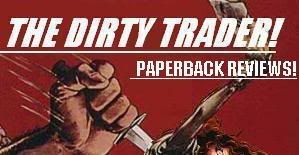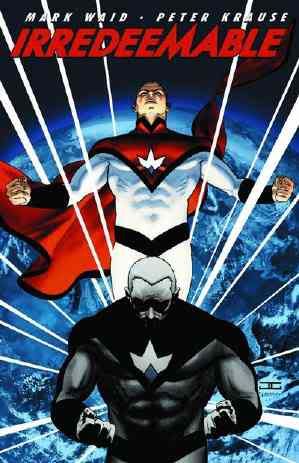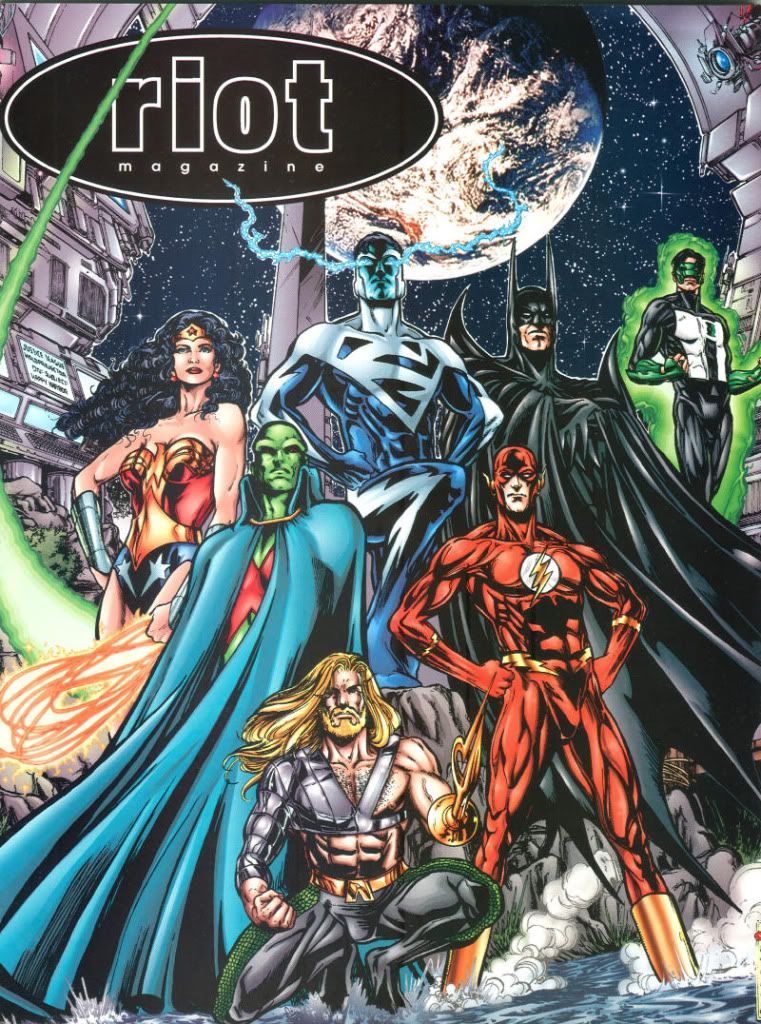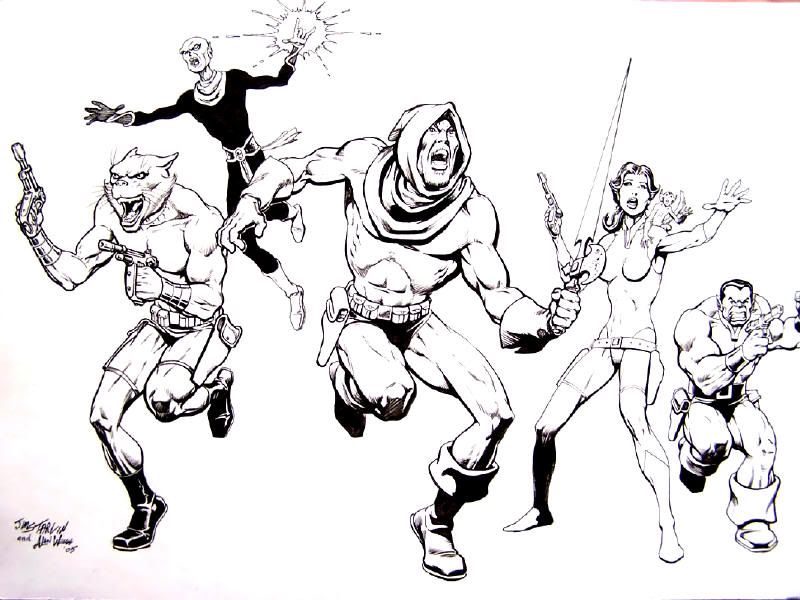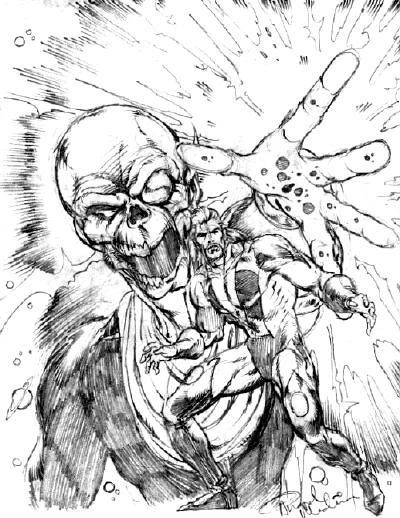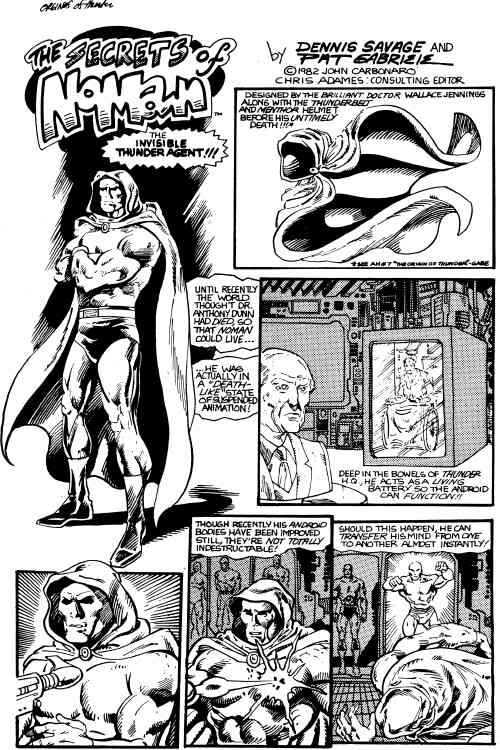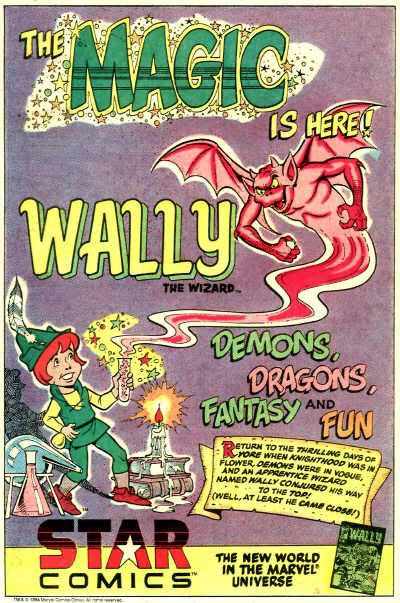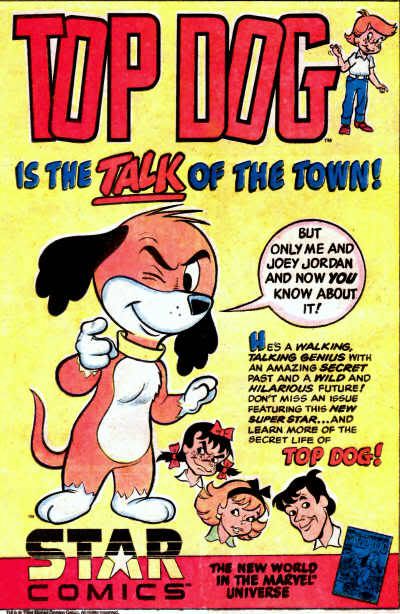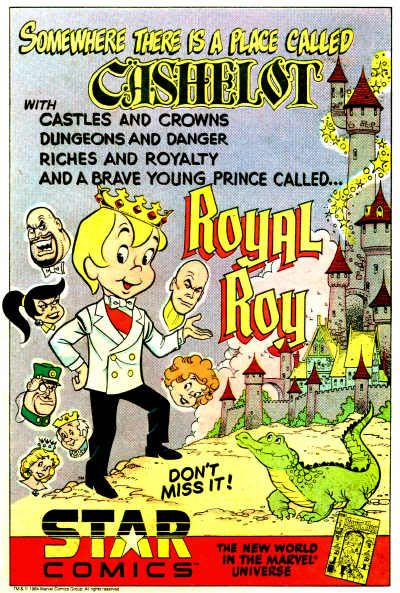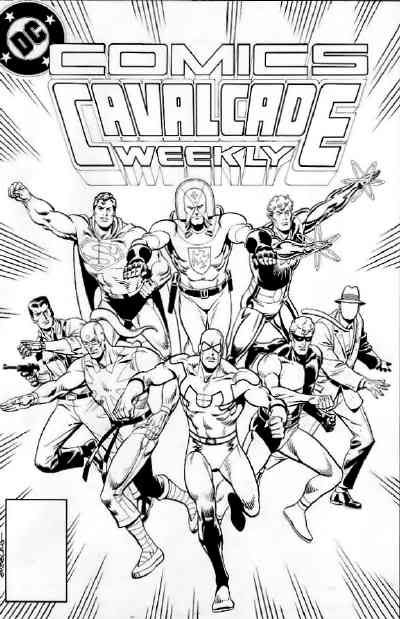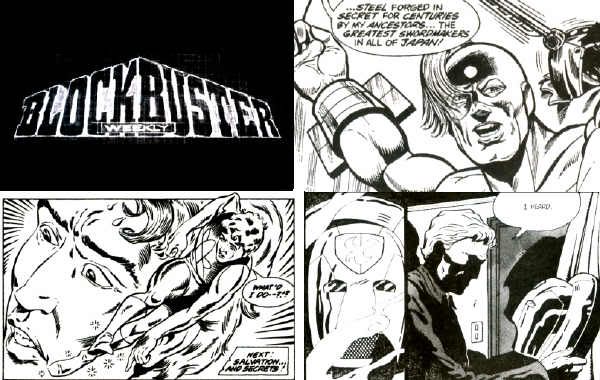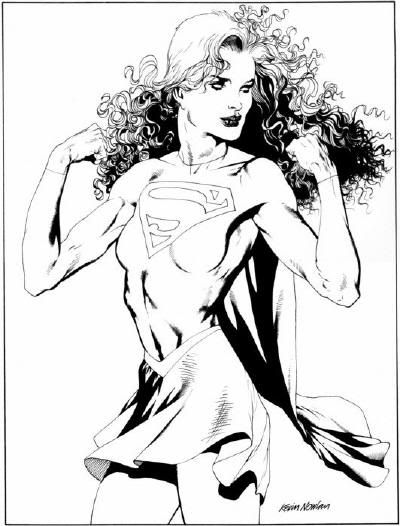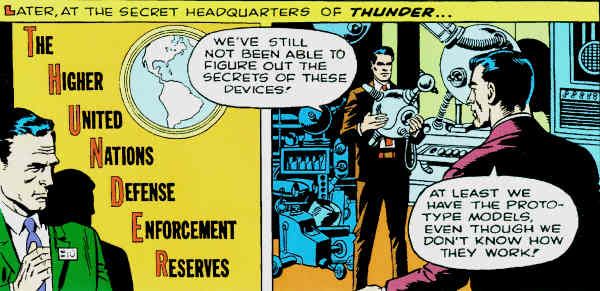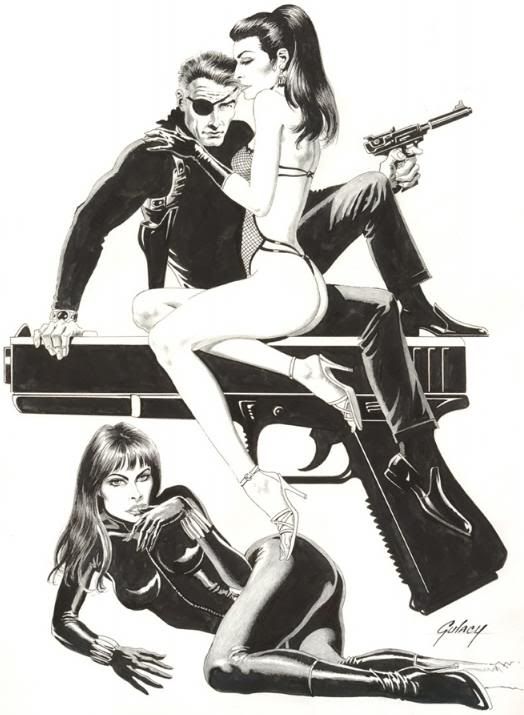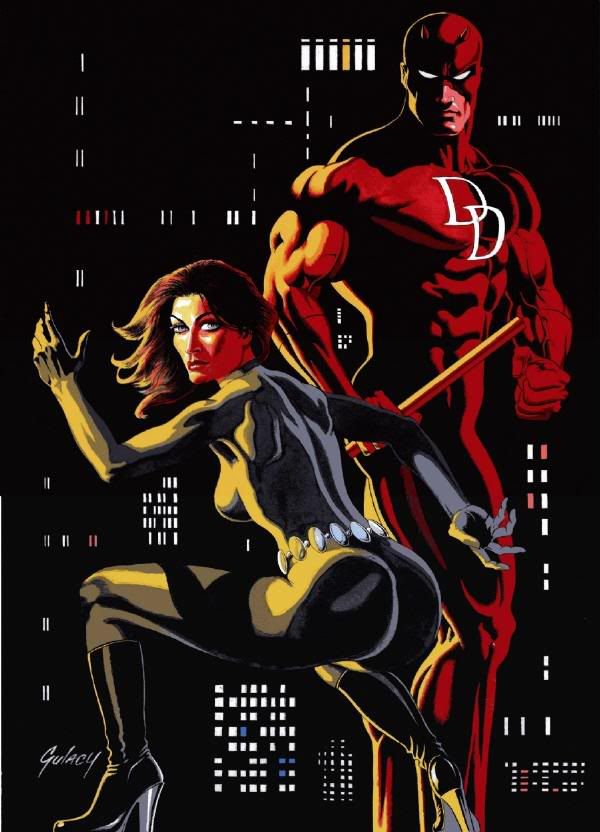
Amazing Heroes #82 (November 1, 1985) featured a story on the breaking news that superstar Marvel artist John Byrne would be taking over a Superman title. Please note that copy-editing wasn't the magazine's strong suit, and try to overlook the typos, misspellings, etc...
Just when you thought nothing could shock you with regard to the ever-changing personnel on today's comic book titles, John Byrne has dropped what may be a historical bombshell...
Byrne, speaking at an open house given by the Comic Book Club of Ithaca, New York, surprised (if not flabbergasted) the attending fans when several of them overheard him make a passing remark to writer Roger Stern concerning the villain Terminus.
"Terminus would be the perfect Superman villain," Byrne said, "I kind of wish I'd known when I put him in The Fantastic Four that I'd be doing Superman"
"You're kidding..." Someone glancing over the table of Byrne's original art looked up. "When?"
"I've already started," Byrne replied. "You'll see it come out in July (of 1986)."
Byrne said he would inked by Dick Girodano. "When I told them I'd do the book, I said I wanted the best inker they had," he explained,"and that's their editor-in-chief." He said he thought long-time Superman artist Curt Swan would be moved over to Teen Titans, but his personal feeling was that "DC should give Curt a very comfortable pension for the rest of his life—after 30 years, he deserves it!"
When asked what issue of Superman Byrne's tenure would begin with, he replied "Number One... that's one of the things I asked for when DC and I discussed doing the book. I'm starting everything all over again... as far as I'm concerned, this is the only Superman."
Amazingly, the prolific Byrne will continue writing and drawing both his Marvel assignments, Incredible Hulk and Fantastic Four, while shouldering the considerable task of revamping Superman as well.
Fans of the day will recall Byrne's relationship with Marvel Comics (and most especially Editor-In-Chief Jim Shooter) took a decided turn toward the hostile, and they abruptly parted company. Byrne instead drew Action Comics, Superman and two-mini-series for DC. In fact, Legends featured a humiliated one-off villain meant to mock Shooter.
Byrne continued answering questions about his ground floor revamp, revealing Clark Kent's anchorman job for Galaxy Television was history. He would instead work as a feature writer for the Daily Planet newspaper, rather than as a city reporter (explaining why he had an office and how he could cover the entire globe.)
With the mention of Lois Lane, Byrne was asked if he planned on reinstating the currently defunct romance between Lois Lane and Superman. Byrne responded with a firm no, and this prompted some of those attending to make comparisons between the new comic book series and either the Superman movies (especially the third) or the 1950s television series. Byrne, however, had a different comparison in mind.
"My Superman will be heavily influenced by the Fleischer cartoons," Byrne explained, referring to the animated cartoons produced in the 1940s by the Max Fleischer animation studio. "They did the definitive Superman, and I'm going to do gear my version to them. I'll also be coordinating this Superman with the version Frank Miller is doing in Batman... wich is also based on the cartoons... In keeping with this interpretation, Superman's powers will be severely limited... almost a thousandfold. He will still be significantly faster than a speeding bullet, quite a bit more powerful than a locomotive, and able to leap very considerably higher than tall buildings in a single bound. Don't get me wrong... he will still be the toughest guy around—as far as being able to kick ass and bust heads—but he won't be so damn omnipotent. He'll still be able to fly, but now he'll be getting knocked out of the sky once in a while... and no, he won't be able to travel in time..."
Rather than the separate six-issue mini-series Man of Steel that saw print, the initial plan was to open the Superman title with the bi-weekly origin tale (which helps explain the lackluster story and cover to Superman #1. "I want to say to people 'This is the legend of Superman... if you don't read it here, it didn't happen! "
'There will, for instance, be no Superboy... and certainly, no Super-baby! Clark Kent will begin his career as Superman while an adult." A fan asked if this wouldn't upset continuity with the Legion of Super-Heroes. The super group of the 30th century was reportedly inspired to organize by tales of Superman's exploits as a boy. Byrne said he had already taken that into account.
'The Legion was inspired by legends of a 'Superboy'. . . but one didn't really exist. As the centuries wore on, the legends afose, much in the same way Washington is supposed to have thrown a dollar across the Potomac." It was pointed out by an observer that this would tie in with Elliot S! Maggin's story for Superman #500 that recounted how Superman's life would give rise to countless myths in the future, and Byrne nodded his head. 'That's right... the Legion was inspired by a myth."
...except of course that the Legion had met that "myth," inducted him into their ranks, and had several decades worth of published adventures with him. A "pocket universe Superboy" was created to incredulously shoo that fact away, allowing hubris to run roughshod all over DC continuity. A fan asking after Krypto was told "May you forever burn in hell for that!" Others making reference to old stories where annoyances like people not recognizing Clark as Superman through devices were similarly dismissed.
"No, Clark Kent's glasses do not make people see him and Superman as two different people! DC printed that story and then never mentioned that fact again. That's my reply to anyone who complains that I'm messing with the character'... DC's been changing facts about the character for 50 years."
Byrne informed the crowd that Lex Luthor was being re-conceived from the ground up. "My Lex Luthor will not be the smartest man in the world—he'll be the richest. I really liked the way Gene Hackman played him in the movies... Since there will be no Superboy, Luthor doesn't hate Superman for causing him to lose his hair as a teenager. Luthor hates him because he's jealous. Before Superman came along, Luthor was number one in everything—the most powerful man in the world. Now, he's number two, and he doesn't like it." Byrne stated the intention, though I don't believe it was ever realized, that portions of humanity would have similar issues with the Man of Steel. "Everyone looks up to him, but he still makes them real nervous." Byrne had some issues with Crisis on Infinite Earths, and ultimately never really had to address the series, given the lengthy gap between its end and the start of his run.
A fan asked him what one character he'd want to write if he was ever given a free rein and he replied without hesitation:
"Superman. A lot of writers think he's old hat and don't want to touch him. As far as I'm concerned, however, it's a dream—this is the one book I've always wanted to do."

